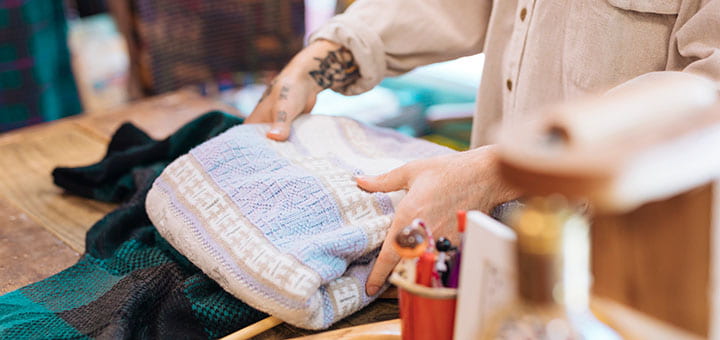Diversity
“Diversity” is a trending cultural keyword on browsers like Google, Bing and Yahoo, and the top-ranked search results relate to meaning. What is the definition of diversity?
Merriam-Webster has this to say about diversity:
1: the condition of having or being composed of differing elements : VARIETY
especially : the inclusion of different types of people (such as people of different races or cultures) in a group or organization
programs intended to promote diversity in schools
2: an instance of being composed of differing elements or qualities : an instance of being diverse
a diversity of opinion
Dictionary.com records its meaning as follows:
1. the state or fact of being diverse; difference; unlikeness:
diversity of opinion.
2. variety; multiformity.
3. the inclusion of individuals representing more than one national origin, color, religion, socioeconomic stratum, sexual orientation, etc.:
diversity in the workplace.
4. a point of difference.
In essence, both are saying that there are many different kinds of people in the world.
Associations around the word can make the meaning more complex, if not confusing. The word “diversity” might mean different things to different people. We also might welcome diversity in some contexts but avoid it in others.
Diversity of expertise is not only accepted but desired. Car manufacturers wouldn’t think of building a new car without engineers, designers and quality-control experts.
In our neighborhoods and workplaces, we talk, engage, consult and laugh across a diversity of social roles, education levels, skills, earning capacity and countless other domains. In addition, advocates have recently argued for recognition of neurodiversity, which refers to the range of differences in brain function.
Yet social diversity gives us anxiety, causing discomfort and awkward interactions, especially when it comes to race, gender and sexual orientation.
This avoidance of certain kinds of diversity can be counterintuitive as research across all kinds of dissimilarity has shown that navigating difference makes us more creative and diligent.
Is it harder? Yes.
When people come together who are different, they anticipate differences of opinion and perspective. They don’t assume agreement like they might in a more homogenous group. They understand they might have to work harder to come to a consensus. This is the problem and the promise of diversity.
In fact, difference leads to informational diversity, which is the same principle at work in any kind of multi-disciplinary endeavor. People from different walks of life bring unique information and experiences to bear on the task at hand, expanding the possibilities. This should be worth the work, right?
Perhaps the Google searchers for meaning are a sign that as a society we might finally be ready for a broader definition of diversity.
*
Realize the true promise of diversity, equity and inclusion by developing a deeper understanding about how to give everyone a voice in your organization. UW-Green Bay is now enrolling for a new Diversity, Equity and Inclusion Certificate Program, designed for HR professionals, business and government executives and leaders, managers and team leaders, parents and nonprofit and community leaders. There are two levels with the foundational level starting in February for five weeks. Learn more and register.
*
RESOURCES:
Forbes. “What Processes are Taking Place in our Brains When We Learn New Things?” January 26, 2018.
Greater Good Magazine. “What is Diversity?”
Greater Good Magazine. “How Diversity Makes Us Smarter?” Katherine W. Phillips, September 18, 2017.




